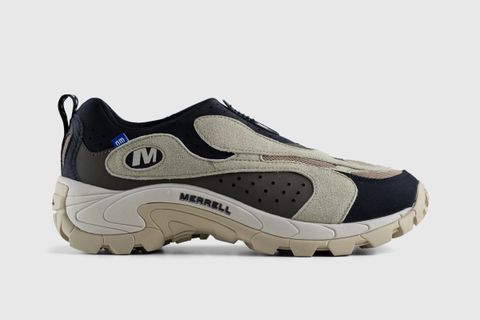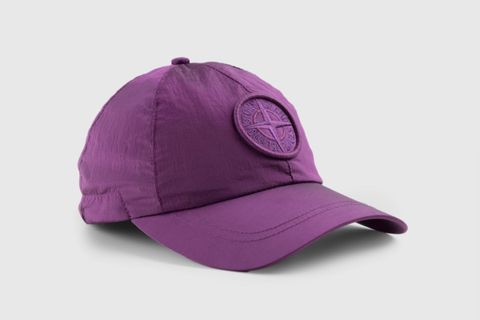Crystals Are Gen Z's Best Friend: Inside Swarovski's Rebrand
For 128 years, Swarovski has been synonymous with sparkle. But the glass manufacturer, founded in Austria in 1895, isn't known for the kind of bling that inspired showgirl Lorelei Lee, famously played by Marilyn Monroe, to break into song. Instead, Swarovski's speciality is glass crystals, sparkly stones that have long played second fiddle to diamonds and their enduring appeal.
But thanks to Swarovski's clever rebrand — an ongoing effort that materialized when the company appointed former fashion editor Giovanna Engelbert as creative director in 2020 — crystals are finally getting their flowers. Under Engelbert's direction, Swarovski glass is winning over the hearts, and wallets, of stylish Gen Z'ers.
"When I became creative director in 2020 my goal was to give crystal a more modern dimension," Engelbert tells Highsnobiety. "I wanted to align Swarovski more closely with fashion and to build on the sense of fun that our brand exudes, positioning it where joyful extravagance and elegance meet.”
Engelbert's first task was to give Swarovski a directional new look. Her inaugural jewelry collection for the brand fashioned candy-colored, "maxi" crystals into cuffs, cocktail rings, and pendants. The range was bold and playful, balancing glamour and kitsch in perfect proportion — it was nothing like Swarovski's conservative designs of yore.
Armed with a revamped aesthetic, Swarovski was perfectly positioned to win over a new generation of trendsetters, younger shoppers who might not have the means to spend tens of thousands of dollars on Bvlgari or Harry Winston. Instead, pieces like Swarovski's Dulcis ring — which resembles something like a Jeff Koons sculpture — and Chroma necklace, a collar of rainbow-colored glass, retail for under $1,000. These accessibly priced pieces are catching young shoppers' eyes. Since Engelbert's appointment, Swarovski's customer base has trended younger — according to the creative director, "two thirds are currently made up of Millennials and Gen Z."
At the same time, Swarovski has plans to further luxurify. In September, the brand expanded its fine jewelry range with a collection of rings, necklaces, earrings, and bracelets made from lab-grown diamonds. When asked if Swarovski hopes to compete with luxury jewelry behemoths like Cartier and Tiffany & Co., Engelbert demurs. "It is not our intention to emulate other players," she says. "We are in a unique position to create our own interpretation of luxury that embraces a joyful and elegant extravagance — you could call it pop luxury.”
Swarovski's recent SKIMS collaboration is an apt encapsulation of the "pop luxury" Engelbert cites. In November, the jewelry brand partnered with Kim Kardashian's shapewear brand to release a collection of rhinestone-studded shapewear and body jewelry. Fêted with a flashy launch party attended by Kim herself, the collection launch catapulted Swarovski further into pop-cultural consciousness.
Just a month later, Swarovski is poised to generate even more buzz. On December 6, the company cut the ribbon on a new flagship store, situated on the corner of Manhattan's Fifth Avenue and 54th street — the same stretch of concrete home to brands like Fendi, Rolex, and Ferragamo.
With the Kardashian seal of approval and a new boutique under its belt, Swarovski's 2024 forecast looks extra sparkly. Diamonds might be a girl's best friend, but crystals, it seems, are Gen Z's — and these days, there's nothing more important than carving out a spot in youth culture.


